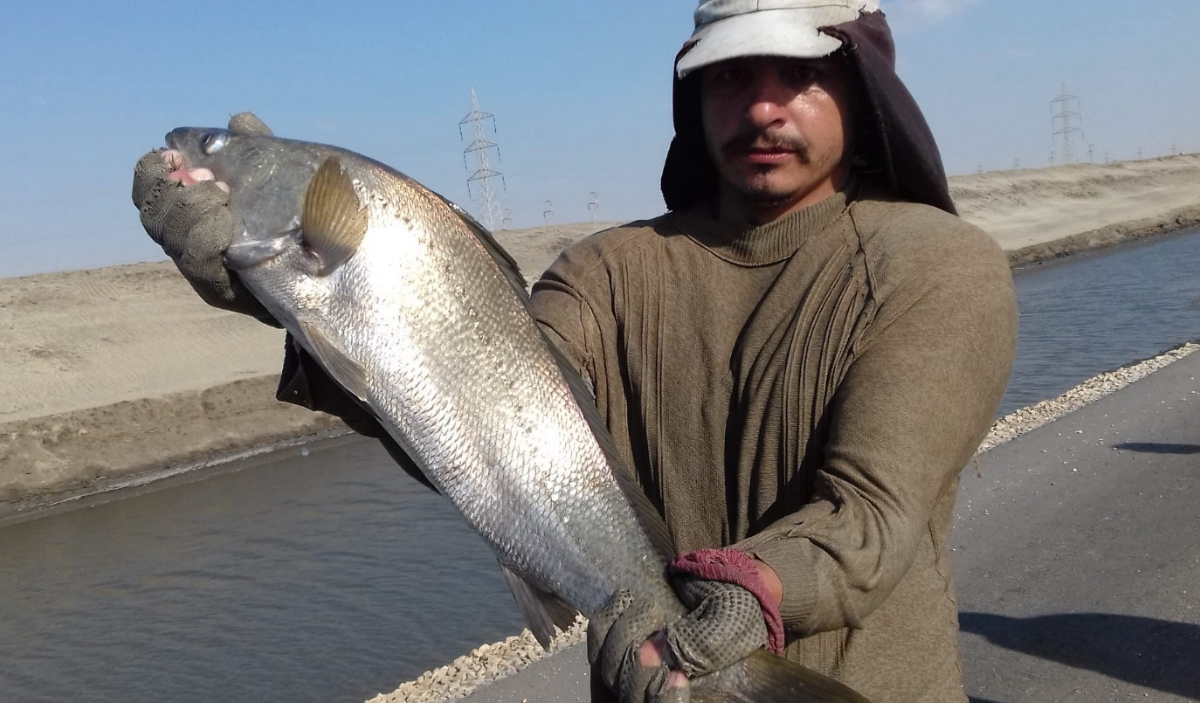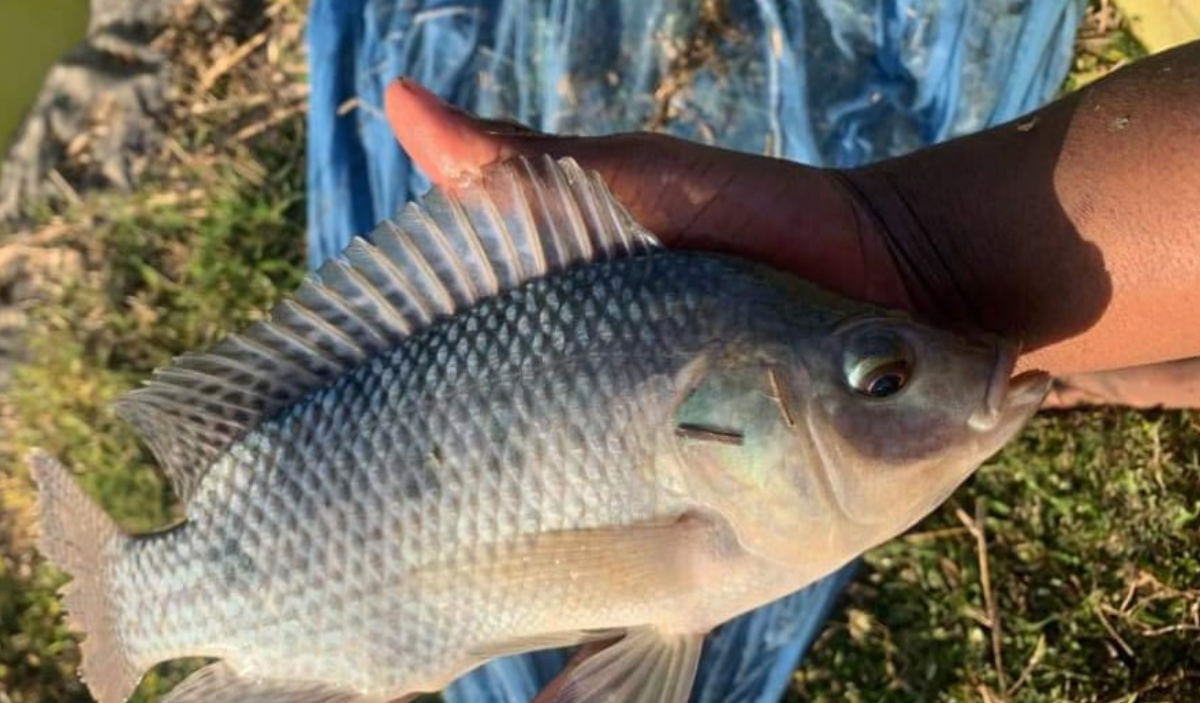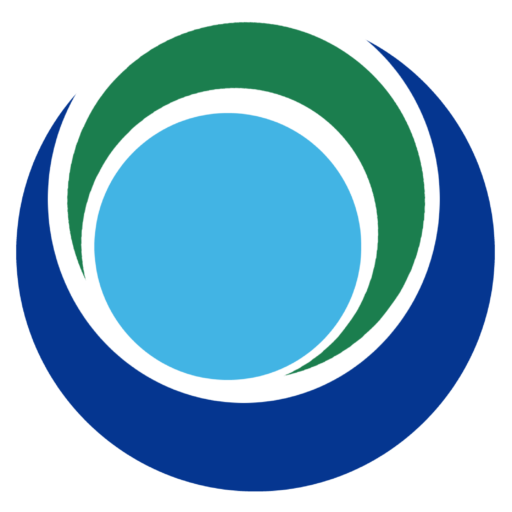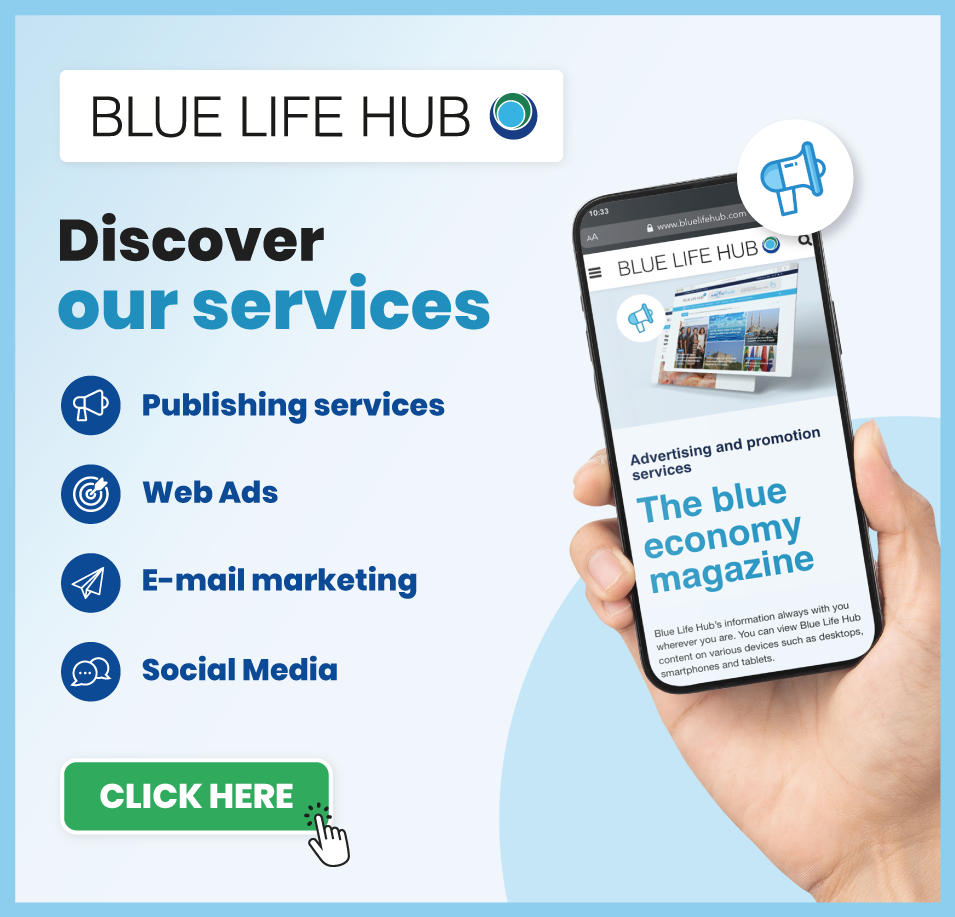Aquaculture safety best practices and aquaculture hazards – Aquaculture, the farming of aquatic organisms such as fish, crustaceans, and mollusks, is a rapidly growing sector that plays a critical role in global food security, economic development, and employment. As this industry expands, ensuring the safety of workers, consumers, and the environment becomes increasingly vital. Effective safety practices not only enhance productivity and sustainability but also help prevent the various hazards associated with aquaculture operations.
Aquaculture Safety Best Practices
The aquaculture safety best practices contemplate aspects in relation to the following points:
- the general conditions of the farms and sanitary installations,
- the sanitary operations inside and outside the aquaculture establishment,
- the aspects related to the health and hygiene of the personnel that work in the aquaculture establishment,
- the sanitary and cleaning operations,
- the control in the different stages of the productive process, the control of plagues,
- the control of drugs and contaminants,
- the control of causal pathogens of diseases and biosecurity,
- the traceability of farm inputs and outputs,
- any other important risk that arises in farms.
Keeping records of routine practices during the cultivation process until aquatic animal processing is critical. These records are evidence of the proper hygienic, sanitary control procedures that have been used during the breeding, harvesting, and until the processing of the animals. The basic records for aquaculture are directed to the control of the following parameters:
- Use of therapeutic agents, (Oxytetracycline, furazolidone, Oxilinic acid, tinsin, others)
- Use of metabisulphite in the harvested product
- Use of food additives
- Chemical residues
- Biological (pathogenic characteristics) such as Salmonella ssp, Vibrios cholerae, Escherichia coli, others)
- Other contaminants
- Fertilizers
Good food safety practices in farming are aimed at producing an innocuous product and the procedures start from the production and disinfection of ponds until harvest.

Aquaculture and its Potential Hazards – Considerations and Specific Risks
Aquaculture products face many of the same food safety hazards as wild-caught fish, including microbiological contamination and environmental pollutants. However, aquaculture systems present additional and specific risks that could be identified and managed through a comprehensive Hazard Analysis and Critical Control Points (HACCP) plan at the farm level. In some cases only the aquaculture best practices are sufficient if well applied.
A farm-level HACCP plan should systematically identify, evaluate, and control food safety hazards that may arise during the production cycle—from feed sourcing to harvest. Among the most notable hazards in aquaculture are residues of veterinary drugs and chemicals such as antibiotics, disinfectants, and antifungals, which are commonly used in production systems. These substances, if not properly managed, can leave harmful residues in fish tissue, posing health risks to consumers and leading to regulatory non-compliance, especially in markets like the EU or USA where maximum residue limits (MRLs) are strictly enforced.
Water quality is another critical point of concern. Poor water management can lead to microbial contamination, especially by pathogenic bacteria such as Vibrio, Aeromonas, and Salmonella, which may proliferate in suboptimal water conditions. The use of contaminated input supplies, such as water, live feed (e.g., plankton), and fingerlings, can further increase the risk of introducing or spreading pathogens within the system.
A specific biological hazard in aquaculture is parasitic infection, which can vary significantly depending on the production system. For example, in Recirculating Aquaculture Systems (RAS), parasites are often well-controlled or nearly absent due to high biosecurity standards and water filtration. Conversely, in open pond systems or intensive farming setups with insufficient biosecurity, the probability of parasite outbreaks increases substantially. These may include Ichthyophthirius multifiliis (Ich), Dactylogyrus spp., or Gnathostoma spp., depending on the species farmed and regional factors.
To reduce these risks, good aquaculture practices (GAqP) should be implemented alongside HACCP, ensuring strict control over the origin and application of veterinary treatments, regular water quality monitoring, and responsible feeding practices. Risk mitigation also includes routine health monitoring of stock, maintaining clean and well-maintained pond environments, and the application of biosecurity protocols that minimize the entry of external pathogens.
In conclusion, while aquaculture offers a controlled environment to improve food security, it must be accompanied by careful hazard analysis, preventive management, and adherence to food safety standards to ensure that aquaculture products remain safe and of high quality throughout the supply chain.
Biological Hazards
In an aquatic environment, the pathogenic bacteria contamination is a biological hazard and a reality in all fisheries. At the time of capture, the level of contamination of fish is influenced by the bacteriological quality of the water in which fish are harvested and by the physiological fish status. Several factors influence the fish microflora, for the water the more important being: water temperature, salt content, wastewater/waste presence, quantity and origin of food consumed by fish, and method of harvesting. There is also the possible pathology status presence in fish.
In fish bacteria are usually present on the skin, gills and in the intestinal tract, the edible muscle tissue of finfish is normally sterile at the time of capture, but Vibrio species such as V. parahaemolyticus, V. cholerae, V. vulnificus are examples of indigenous bacteria naturally present on fish and shrimp which may pose a human health hazard. They are common in coastal and estuarine environments.
Members of the Enterobacteriaceae, such as Salmonella spp., Shigella spp., and Escherichia coli are non-indigenous bacteria of public health significance. They generally arise from contamination from a faecal origin. Hazards from these pathogens can be controlled by harvesting fish from clean waters, holding fish at chilled temperatures, avoiding post-process cross contamination, and by cooking fish sufficiently to kill the bacteria.
In some regions of the world, freshwater fish species are susceptible to parasites as cestodes and trematodes. These helminth parasitic infections could be of public health significance.
However, freshwater aquaculture operations in Uganda can present these risks, and it is appropriate to apply good practices to reduce the risk of occurrence. For example by restricting access of animals, and keeping ponds free of snails which could provide intermediate hosts.
Chemical Hazards
The utilization of water originated from industrialized agriculture areas could provide hazard for their content in agrochemicals. Heavy metals originates form industrial waste water or fall out may accumulate in aquaculture products and they are considered hazard. Coastal zones and inland habitats may be exposed to varying amounts of environmental contaminants. This is also considered hazard for the aquaculture products produced in the area.
Mycotoxin
Invasion of foods and feed by moulds, under certain storage environmental conditions, such as high moisture and/ or specific temperatures, can lead to the development of mycotoxins with particular danger for aflatoxin. The contamination of aquaculture feedstuffs with mycotoxins poses a serious threat to the health and productivity of animals. The increase use of terrestrial plant in place of fish meal increases the infestation risk.
Mycotoxicoses are animal or human diseases caused by mycotoxin ingestion, inhalation or skin-contact. The effects of mycotoxicoses in aquatic animals are diverse, varying from immune suppression to death in severe cases, depending on toxin-related (type of mycotoxin consumed, level and duration of intake), animal-related (species, sex, age, breed, general health, immune status, nutritional standing) and environmental (farm management, hygiene, temperature, water quality) factors.
Aquaculture feed could be highly infested by mycotoxin particularly in areas with high humidity and without proper mycotoxin control. The aquatic animal performances can be dangerously lowered with important economic losses.
The use of macro algal polysaccharides together with modified, finely milled clay, increases the absorptive capacity of clay. This is very useful in mycotoxin binding and can solve the mycotoxin problem in aquaculture feed.
Mycotoxins (aflatoxin)
Mycotoxin with detail on aflatoxin is highly toxic secondary metabolic products of mould on almost all agricultural commodities worldwide. They occur under natural conditions in feed as well as in food. Several studies proved that economic losses occur at all levels of food and feed production, including crop and animal production, processing and distribution. According to the FAO (Food and agriculture organization) 25% of the world’s crop harvests are contaminated with mycotoxins. There are currently more than 400 mycotoxins known. There are six major classes of mycotoxins that frequently occur: aflatoxins, trichothecenes, fumonisins, zearalenone, ochratoxin and ergot alkaloids. They are formed by different kinds of fungi and each fungi species can produce more than one mycotoxin.

In tropical counties like Mozambique, humidity and high temperatures, conditions favourable to the development of microorganisms, present a high risk of mycotoxin infection. Tropical pulses are prone to infestation by two closely related species of fungi, Aspergillus flavus and Aspergillus parasiticus. A. flavus is the most common specie in Africa and Asia, while A. parasiticus is predominant in America. Both species belong to a highly toxic group of mycotoxins known as aflatoxins.
Aflatoxin contamination of pulses a major hazard to human and animal health and is one of the most important constraints to trade. It is considered to be an important cause of hepatocellular carcinoma, one of the most common cancers in developing tropical countries. Studies in the Ivory Coast, Mozambique, Sudan, Swaziland, China, and Korea have reported high frequency of liver cancer compared with Western countries. One factor is the presence of dangerous toxins – including Aflatoxin B1 produced by fungi such as A. flavus and A. parasiticus – tropical pulses-based foods. See Annex 6 for counteracting strategies for mycotoxin.
Antibiotics
Use of antibiotics, especially those with a wide spectrum, goes hand in hand with resistance to the same pathogens. Dangerous pathologies are a serious risk to aquaculture producers, and the
resistance of bacterial and fungal agents to antibiotics is one of the major problems facing the industry. In the case of pathological events, there are currently no other solutions to antibiotics and other chemotherapeutic substances, especially for intensive and hyper-intensive breeding. It is a good practice to observe a withdrawal period between application and harvesting to produce safe aquaculture products.
Chemotherapeutic agents, although designed to combat diseases of fish and other aquatic animals, also leave harmful contaminants in fish and unwanted residues in the water and on treated surfaces. These chemical agents address the problems of fish diseases and disinfection, but also do more harm than good to aquaculture facilities as well as to the environment as a whole. It is then more beneficial to invest in “greener” solutions that can both be good for fish products and the environment.
Aquaculture safety best practices and aquaculture hazards








